Related Research Articles
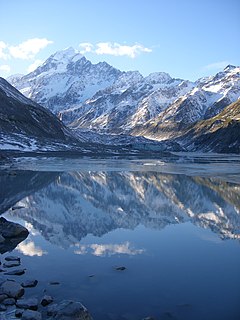
Aoraki / Mount Cook is the highest mountain in New Zealand. Its height, as of 2014, is listed as 3,724 metres. It sits in the Southern Alps, the mountain range that runs the length of the South Island. A popular tourist destination, it is also a favourite challenge for mountain climbers. Aoraki / Mount Cook consists of three summits: from south to north, the Low Peak, the Middle Peak and the High Peak. The summits lie slightly south and east of the main divide of the Southern Alps / Kā Tiritiri o te Moana, with the Tasman Glacier to the east and the Hooker Glacier to the southwest.

The South Island, also officially named Te Waipounamu, is the larger of the two major islands of New Zealand in surface area, the other being the smaller but more populous North Island. It is bordered to the north by Cook Strait, to the west by the Tasman Sea, and to the south and east by the Pacific Ocean. The South Island covers 150,437 square kilometres (58,084 sq mi), making it the world's 12th-largest island. At low altitude, it has an oceanic climate.

Lake Wānaka is New Zealand's fourth-largest lake and the seat of the town of Wānaka in the Otago region. The lake is 278 meters above sea level, covers 192 km2 (74 sq mi), and is more than 300 m (980 ft) deep.

Timaru is a port city in the southern Canterbury region of New Zealand, located 157 km (98 mi) southwest of Christchurch and about 196 km (122 mi) northeast of Dunedin on the eastern Pacific coast of the South Island. The Timaru urban area is home to 28,600 people, and is the largest urban area in South Canterbury, and the second largest in the Canterbury Region overall, after Christchurch. The town is the seat of the Timaru District, which includes the surrounding rural area and the towns of Geraldine, Pleasant Point and Temuka, which combined have a total population of 48,400.
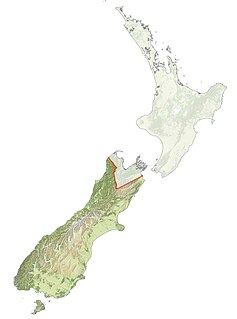
Ngāi Tahu, or Kāi Tahu, is the principal Māori iwi (tribe) of the South Island. Its takiwā is the largest in New Zealand, and extends from the White Bluffs / Te Parinui o Whiti, Mount Mahanga and Kahurangi Point in the north to Stewart Island / Rakiura in the south. The takiwā comprises 18 rūnanga corresponding to traditional settlements.

Wānaka is a popular ski and summer resort town in the Otago region of the South Island of New Zealand. At the southern end of Lake Wānaka, it is at the start of the Clutha River/Mata-Au and is the gateway to Mount Aspiring National Park.

Otakou is a settlement within the boundaries of the city of Dunedin, New Zealand. It is located 25 kilometres from the city centre at the eastern end of Otago Peninsula, close to the entrance of Otago Harbour. Though a small fishing village, Otakou is important in the history of Otago for several reasons. The settlement is the modern centre and traditional home of the Ōtākou rūnanga (assembly) of Ngāi Tahu. In 1946 Otakou Fisheries was founded in the township; this was later to become a major part of the Otago fishing industry.
New Zealand's Otago region is one of the more isolated outliers of the inhabited earth. Its high latitude, elevation and distance from larger foreign and domestic population centers has defined Otago at each stage of its history.
The New Zealand Geographic Board Ngā Pou Taunaha o Aotearoa (NZGB) was established by the New Zealand Geographic Board Act 1946, which has since been replaced by the New Zealand Geographic Board Act 2008. Although an independent institution, it is responsible to the Minister for Land Information.
Viking Records was an independent record label that featured many New Zealand and Polynesian recording artists.
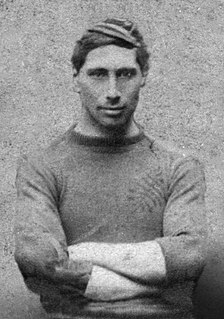
John Grey "Jack" Taiaroa, of Ngāi Tahu descent, was a New Zealand rugby union player. A halfback, he played nine matches for the New Zealand national team in 1884—the warm-up in Wellington and all eight matches of the tour of New South Wales; New Zealand won all eight games. There were no test matches on the tour, as there was not yet an Australian national team, and would not be until 1903.

Southland is New Zealand's southernmost region. It consists mainly of the southwestern portion of the South Island and Stewart Island/Rakiura. It includes Southland District, Gore District and the city of Invercargill. The region covers over 3.1 million hectares and spans over 3,400 km of coast.
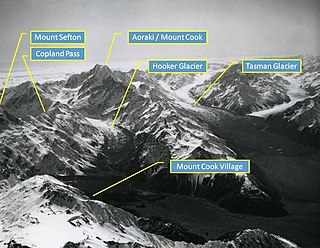
The Copland Pass is an alpine pass in the Southern Alps of New Zealand. Known as Noti Hinetamatea by the indigenous Ngāi Tahu, the pass follows the route of the Makaawhio ancestor Hinetamatea and her sons Tātāwhākā and Marupeka.
Whare Marama Leonard-Higgins was an elder in the Ngāi Tahu iwi of the South Island of New Zealand.
Ulva Lynn Belsham was a telegraphist and volunteer radio operator for the Marine Radio Service in the southern part of the South Island of New Zealand.
Hana Merenea O'Regan is a Māori language advocate and academic in New Zealand. She is a member of the Ngāi Tahu iwi (tribe).
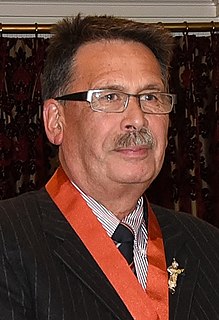
John Renata Broughton is a New Zealand academic. He is Māori, of Ngāi Tahu and Ngāti Kahungunu descent, and since 2012 has been a full professor at the University of Otago.
Louise Magdalene Teowaina Wallscott was a Māori activist, teacher and weaver.
Louise Mary Potiki Bryant is a New Zealand choreographer, dancer and video artist of Māori descent. She has choreographed a number of award-winning performances, and is a founding member of Atamira Dance Company. She designs, produces and edits videos of performances for music videos, dance films and video art installations, and her works are frequently accompanied by music composed by her husband, musician Paddy Free. She often collaborates with other artists, including clay sculptor Paerau Corneal, singer-songwriter Ariana Tikao, scholar Te Ahukaramū Charles Royal and Canadian multidisciplinary artist Santee Smith. She was made an Arts Foundation of New Zealand Laureate in 2019.
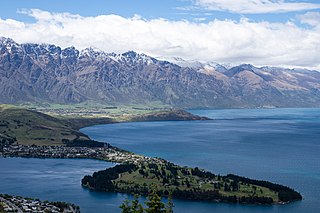
The Tapuae-o-Uenuku / Hector Mountains is a mountain range in the New Zealand region of Otago, near the resort town of Queenstown and just south of the more famous Remarkables. For most of its length, the mountains run adjacent to the southern reaches of Lake Wakatipu, before extending approximately 14 kilometres (8.7 mi) further south, past the former glacial moraine at Kingston on the southern end of the lake. On their eastern side, the mountains mark the edge of the Nevis valley, a largely tussocked area which saw significant activity during the Otago Gold Rush of the 1860s. Historically, the mountains were an important mahinga kai for Ngāi Tahu and other local Māori iwi, who used the area to hunt for weka and gather tikumu while visiting the region.
References
- 1 2 3 "Timaru duo awarded medals". The Timaru Herald . Fairfax New Zealand. 30 March 2009. Retrieved 21 February 2018.
- 1 2 3 4 5 Hakui: Women of Kai Tahu. Dunedin, New Zealand: Otago Museum Trust Board. 2015. p. 63.
- ↑ 1960s-2009, Baker, Wiki, active; Choir, St. Joseph's Māori Girls' (1 January 1976). "Maori Love Songs/Wiki Baker with the St Joseph's Maori Girls College Choir (Viking VP409) | National Library of New Zealand". natlib.govt.nz. Retrieved 21 February 2018.
- ↑ "Gold disc for Maori choir | National Library of New Zealand". natlib.govt.nz. 20 April 1976. Retrieved 21 February 2018.
- ↑ (DOC), corporatename = New Zealand Department of Conservation. "Canterbury/Aoraki Conservation Board appointments" . Retrieved 21 February 2018.
- ↑ "Wiki Baker | The Governor-General of New Zealand". www.gg.govt.nz. Retrieved 21 February 2018.
- ↑ "Otago Museum's "Hākui: Women of Kāi Tahu" Exhibition – Gauge". www.ngataonga.org.nz. Retrieved 21 February 2018.